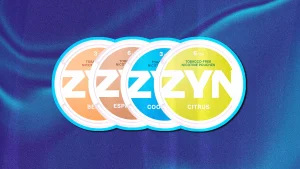When it comes to straightening your teeth and achieving a beautiful smile, the decision between Invisalign and traditional braces can be a significant one. In fact, both orthodontic treatments have their advantages and considerations, so it’s essential to weigh your options carefully before making a choice. You can seek the help of a Fairhope dentist to find the right treatment for your dental condition.
Let’s explore the key factors to consider when deciding between Invisalign and traditional braces to help you make an informed decision.
-
Visibility and Aesthetics
One of the most apparent differences between Invisalign and traditional braces is their visibility. Invisalign aligners are clear and virtually invisible, making them a popular choice for individuals who prefer a more discreet orthodontic treatment. On the other hand, traditional braces consist of metal brackets and wires that are more noticeable. If maintaining a natural appearance during treatment is important to you, Invisalign may be the preferred option.
-
Comfort and Convenience
In terms of comfort, Invisalign aligners are known for being more comfortable than traditional braces. The smooth plastic material of Invisalign aligners reduces the likelihood of irritation to the cheeks and gums often associated with metal brackets and wires. In addition, Invisalign aligners are removable, allowing for easier maintenance of oral hygiene and the ability to enjoy all types of food without restrictions. However, this convenience comes with the responsibility of wearing the aligners for the recommended 20-22 hours per day to achieve optimal results.

-
Treatment Duration and Complexity
The duration of treatment and the complexity of orthodontic issues play a crucial role in choosing between Invisalign and traditional braces. In fact, Invisalign is generally suitable for mild to moderate orthodontic problems, such as crowded teeth, gaps, and mild bite issues. For more severe or complex orthodontic issues, traditional braces may be recommended by orthodontists as they provide precise control over tooth movement and are effective in addressing various dental misalignments.
-
Cost Considerations
Cost is another factor to consider when choosing between Invisalign and traditional braces. In fact, Invisalign treatment tends to be more expensive than traditional braces due to the advanced technology and materials used in manufacturing the aligners. Traditional braces, while typically more affordable, may require additional maintenance appointments for adjustments and repairs. It’s essential to discuss cost considerations with your orthodontist and consider your budget and insurance coverage when making a decision.
-
Lifestyle Factors
Your lifestyle and daily routine can also influence your choice between Invisalign and traditional braces. If you have a busy schedule that makes frequent orthodontic appointments challenging, Invisalign’s less frequent check-up intervals may be more convenient for you. In addition, if you participate in contact sports or play musical instruments that require mouthguards, removable Invisalign aligners offer flexibility that traditional braces may not.




